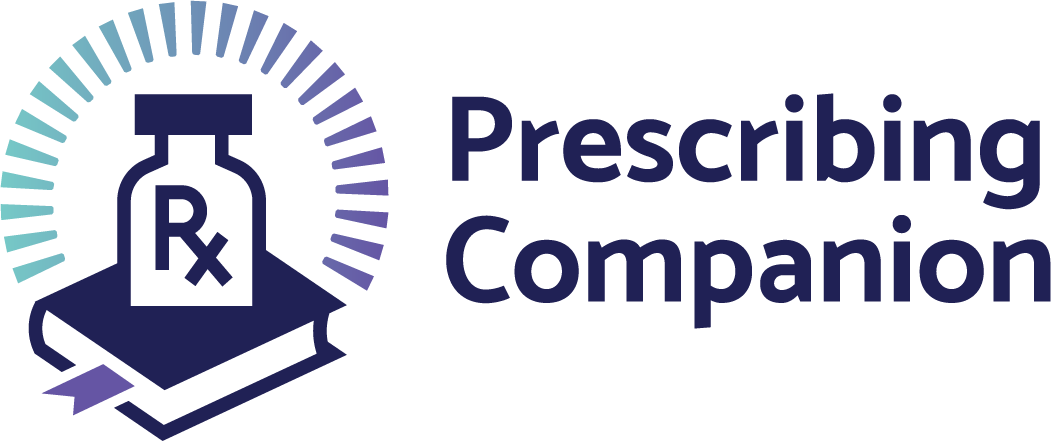Steven Johnson's Syndrome
exp date isn't null, but text field is
CLINICAL DESCRIPTION
A hypersensitivity reaction to medications leading to necrosis and lysis of the epidermis affecting. Steven Johnson Syndrome (SJS) is in a spectrum with Toxic Epidermal Necrolysis (TEN) at the extreme end as follows:
- SJS: 1 to 10 % body surface area (BSA) involvement.
- TEN/SJS overlap: between 10 and 30 % BSA
- TEN: over 30 % BSA
CLINICAL FEATURES
SIGNS AND SYMPTOMS
- Fever
- Stinging, red eyes
- Pain on swallowing
- Pain and burning sensation on affected skin
- Skin lesions tend to appear first on the trunk then spreading to the neck, face and proximal upper extremities
- In the early stage, the skin may have a dusky brown appearance and later may form epidermal (flaccid) blisters which later break into painful erosions in areas of friction and of pressure
- The affected skin is easily shorn off with minimal horizontal pressure (Nikolsky’s sign)
- Mucous membrane involvement: red eyes, painful swallowing, dysuria, cough, erosions.
TREATMENT
- Stop offending drugs immediately
- Aim of treatment is to stop disease progression and to relieve symptoms.
- Patients this condition must be managed in the hospital even if looking stable on first contact as the subsequent disease is unpredictable.
- Appropriate analgesics
- Fluid replacement
- Give Ceftriaxone 2g IV daily for 5 days to minimize risk of infection
- Short course steroids 1-2mg per kg daily for a maximum of 5 days
- Refer for management at the hospital
Adjuvant Care
- High protein diet is recommended
- Ophthalmology management
- Counselling to never take offending drug again
